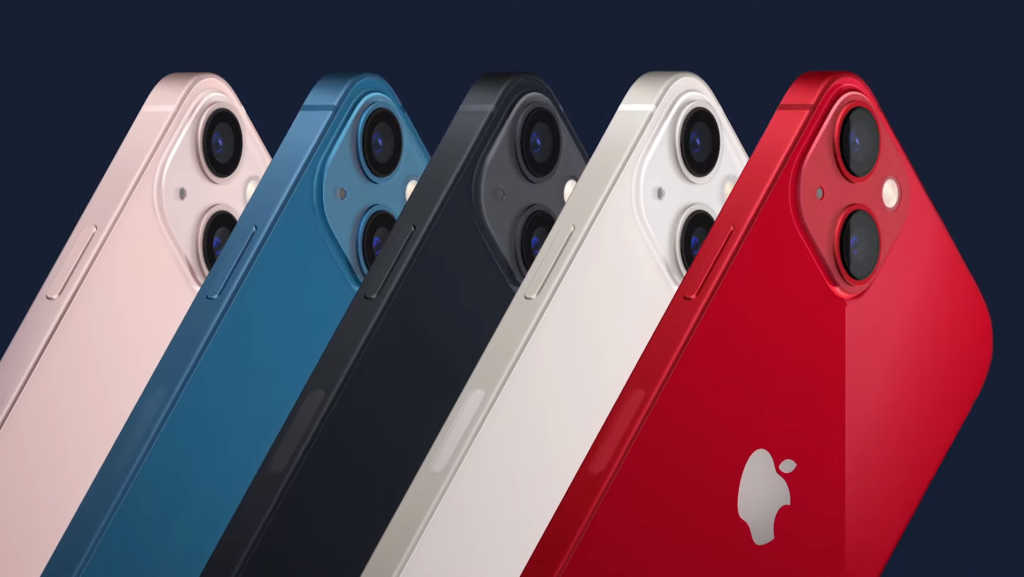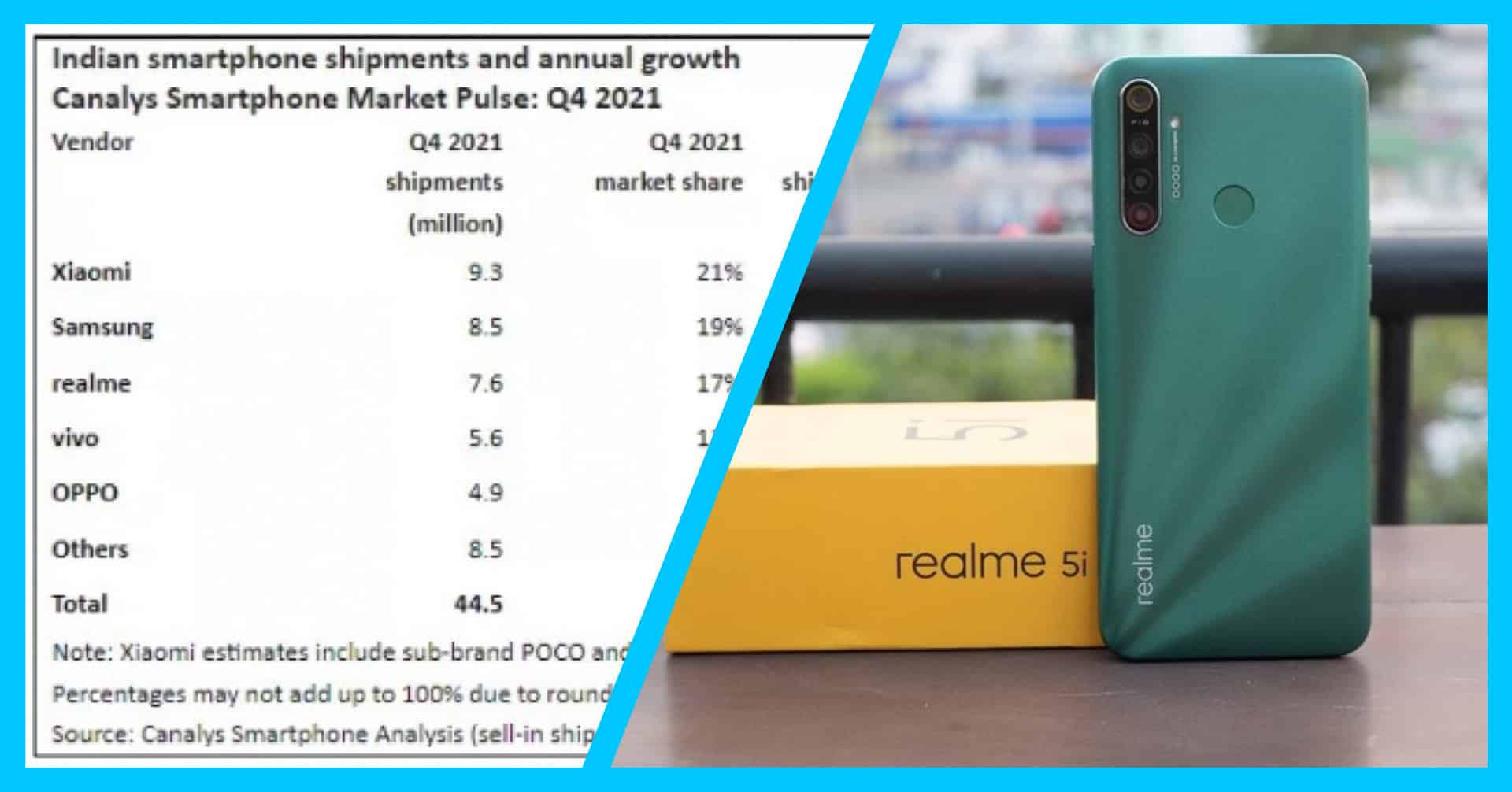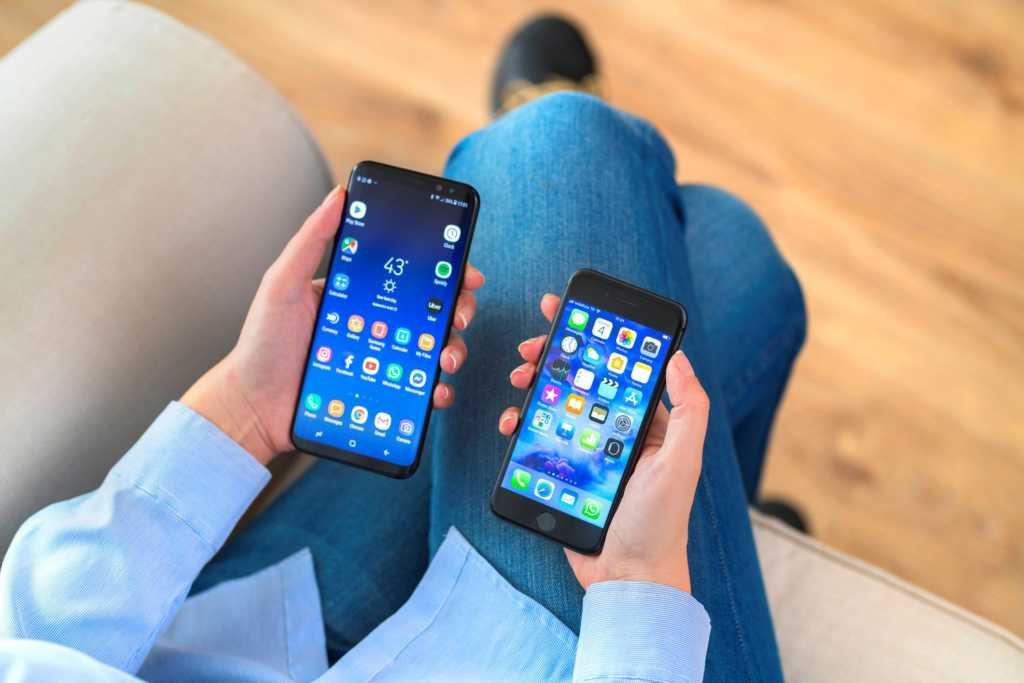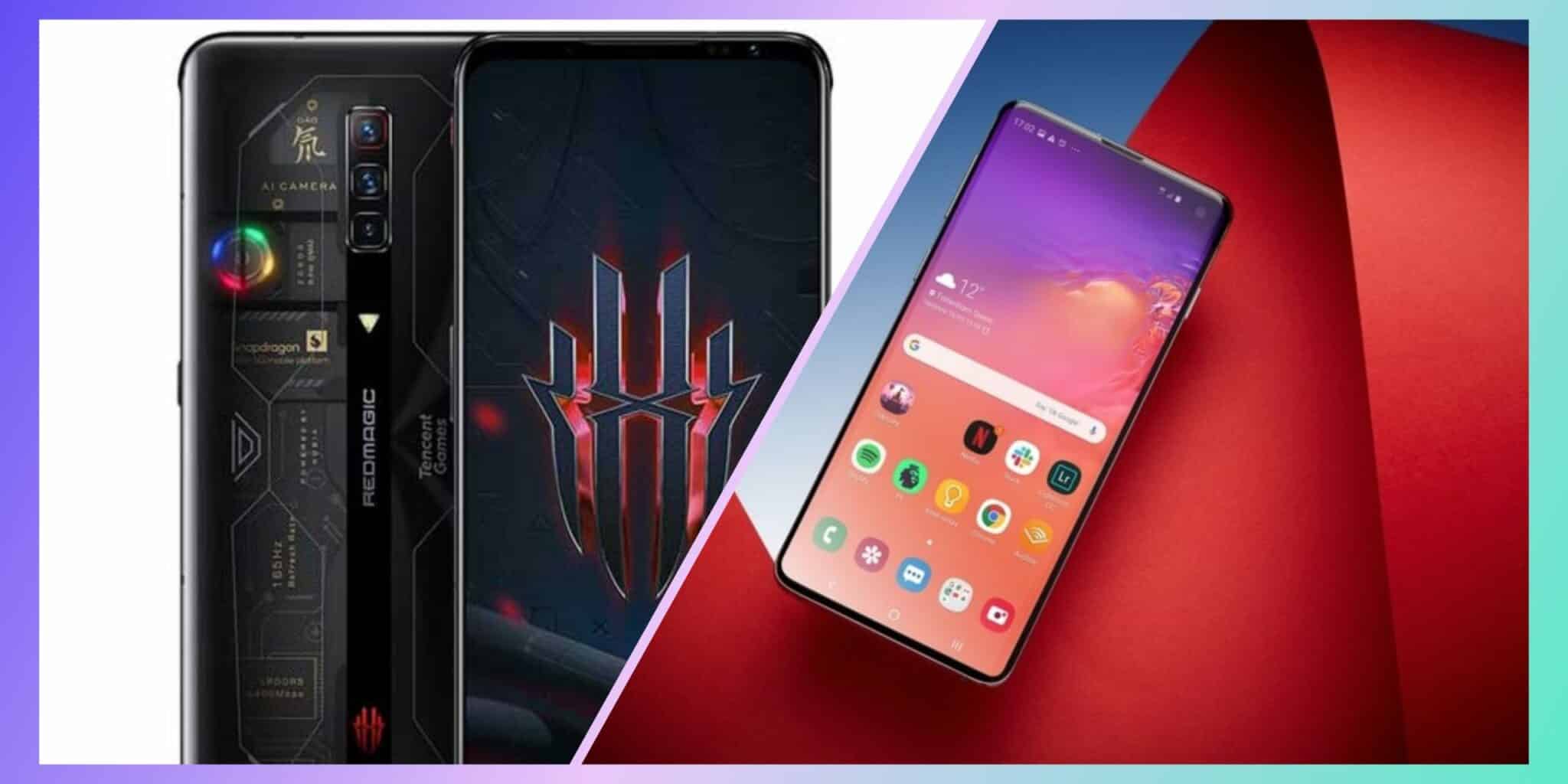Apple’s recent announcement of the iPhone 13 Series brought excitement and anticipation to the world of smartphones. With its impressive new features and enhancements, the latest iPhones aim to deliver an exceptional user experience. However, as we delve into the details, it becomes apparent that while Apple is pushing boundaries, it’s also playing catch-up with some features already available on competing Android phones like the Samsung Galaxy S21.
Notch-Free Design: A Lingering Feature
One noticeable feature, or rather a design element, that has persisted in iPhones is the notch. While the iPhone 13 boasts a smaller notch compared to its predecessor, the fact that it still exists leaves enthusiasts longing for a truly full-screen design. Many Android devices have already embraced innovative screen designs with camera cutouts, allowing for an immersive and uninterrupted viewing experience. For example, the Samsung Galaxy S21 features a small hole-punch camera at the top of the screen, contributing to a more complete full-screen design. Similarly, devices like the Google Pixel 5a and OnePlus 9 have adopted similar screen designs, eliminating the need for a notch.
Always-On Display: A Handy Feature
Another feature that sets Android phones apart is the “always-on display.” On most modern Android devices, even when the screen is turned off, essential information such as the time and upcoming calendar events can be displayed. This feature proves to be highly convenient for users who want quick access to crucial information without having to unlock their devices. Android phone manufacturers like Samsung, Google, and Xiaomi have integrated this feature into their devices, enhancing the overall user experience. In contrast, iPhones currently lack an always-on display option.
Wireless Reverse Charging: Sharing Power
Wireless reverse charging is a practical feature that older Android phones have already embraced. Devices such as the Samsung Galaxy S21, Google Pixel 5, and Galaxy S20/S10 come equipped with wireless power-sharing capabilities. Samsung refers to this feature as “Wireless Power Share,” while Google calls it “Battery Share.” Essentially, the back of these Android phones can serve as a wireless charging pad, allowing users to charge other devices compatible with the Qi Wireless Charging standard. Unfortunately, the recently announced iPhone 13 does not include this technology, leaving users without the option to share their device’s battery with other gadgets.
In-Screen Fingerprint Sensor: An Alternative Unlocking Method
While Apple’s Face ID technology has revolutionized the way users unlock their iPhones, it has one notable limitation—it doesn’t work when the user is wearing a mask. In contrast, many Android phones have already adopted in-screen fingerprint sensors as an alternative unlocking method. This technology provides users with greater flexibility and convenience, especially in today’s mask-wearing world. Android users can easily unlock their devices using their fingerprints, regardless of whether they’re wearing a mask. Apple’s decision to stick exclusively with Face ID leaves some users longing for this alternative unlocking method.
Unified Charging: The Dream of Compatibility
In an ideal world, users could charge multiple Apple devices with the same charger, streamlining their charging setup. However, the iPhone 13 Series still relies on the Lightning Port, a connector that has been in use since the iPhone 5. Meanwhile, other Apple products like the iPad Air, iPad Pro, MacBook laptops, and the new iPad Mini have transitioned to USB-C, offering users a more unified charging experience. Most Android phones now utilize USB-C as their default charging port, contributing to greater compatibility and convenience.
In conclusion, while Apple’s iPhone 13 Series undoubtedly introduces impressive features and improvements, it’s essential to recognize that the smartphone landscape is highly competitive. Android manufacturers have been pushing boundaries and innovating with features like hole-punch cameras, always-on displays, wireless reverse charging, in-screen fingerprint sensors, and USB-C ports. As Apple continues to enhance its devices, it’s clear that the tech giant is taking cues from the competition and striving to deliver a comprehensive and competitive smartphone experience. In the end, consumers benefit from this ongoing rivalry, as it drives innovation and ensures that we receive the best features and technologies available in our mobile devices.



